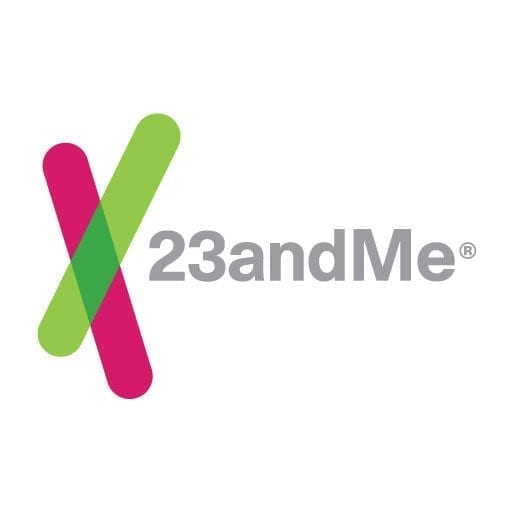Before we kick off the New Year, let’s look back and highlight a few important moments for us here at 23andMe in 2018.
The Power of Big Data
For some types of research, size really does matter. In the last year we’ve seen how very large genetic research datasets, like
The Power of Little Data
23andMe is rooted in science and research, and we now have more than 110 papers that have appeared in peer-reviewed publications. But along with taking this more traditional approach to publishing our scientific findings, 23andMe also sees the value in the smaller kind of outcomes and more non-traditional ways of sharing them. Often these findings or data points — like the genetics behind being Hangry or results from our first “intervention study” on sleep, or whether people in the US are more likely to prefer sweet treats over salty ones — might not make it into a peer-reviewed journal. But this information is interesting to our customers who participate in research; it’s the difference between “Big ‘R’ and Little ‘r’ Research.” Sharing these findings is part of a two-way exchange with our customers, who are also our research participants, in the discoveries and insights they are helping our scientists uncover.
A Year of Firsts
In April 23andMe received the
Privacy Promise
At 23andMe our customers have always been at the core of what we do, and as such we’ve always taken privacy very seriously. In the last year, with new concerns over data privacy and security, we’ve helped to push for a broader adoption of strong privacy policies in the industry by joining forces with other genetic testing companies along with the non-profit organization Future of Privacy Forum to issue a new Privacy Best Practices for Consumer Genetic Testing Services. Much of the fundamental tenets of this policy have long been part of 23andMe’s privacy protections, but the document offers a basic framework for the industry as a whole to safeguard consumer information, as well as guidelines for the collection, protection, sharing and use of genetic data generated from consumer genetic testing. People deserve to have their data protected, no matter which service or product they use, and to do that every genetic testing company should adhere to comprehensive privacy protections, and clearly communicate those policies to people interested in finding out more about what we do at 23andMe.
First People of the Americas
One of the most exciting aspects of genetic research is how often it reorients our understanding of the human story. That happened with two important papers that bookended 2018. Together they altered and deepened our understanding of the first people of the Americas. In separate studies, one published in January and the other in November, an international team of researchers reported on the analysis of DNA sequences from ancient human remains — including the second oldest human remains ever found in the Western Hemisphere. Together the studies not only more clearly indicate the timing of when the ancestors of Native Americans first came across the land bridge that once connected Siberia to Alaska — about 20,000 years ago — but the research also showed how those early waves of humans splintered off into two major ancestral groups — a northern and southern branch — and populated the North, South and Central America. The studies also indicate that there were other early Native Americans who once thrived but eventually, those populations died out. For us here at 23andMe, these kind of findings, in which genetic science is offering new insight into us as a people, is just another illustration of the power of DNA.



